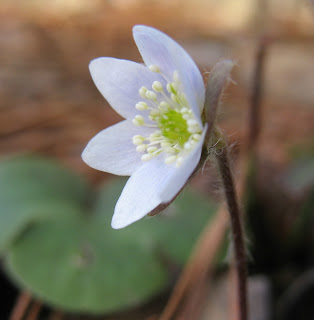
This TAKE me based on my experience of my new natural 6 Months ago, and may be useful for our friends who have experienced the same thing as me and can heal with a very affordable cost.
At 6 months ago I examined on a cardiologist at the hospital Medistra, this I do remember I have reached the age of 55 yr. Where a lot of friends in junior high already on the disease, the Creator, because I experienced the same, and they all called tragic average in the office are working.
Examination results on the laboratory examination blood, all red, just a few that are still green. Trigliserin, SGPT, SGOT, Tendon acid, Cholesterol, Blood Pressure 180/120 all topsy turvy red.EKG so I recommended to check for heart valve and thick wall of the heart, have been good to me and send Scanning the heart, the result is very surprising and I in - Vonni's blood vessel in the heart blocked of 70%, and suggested the cathetrizationfor any Ring / Stand of 3 pcs, where per Ring / Stand at IDR. 30 million not including labor costs.
Consequently due to fraudulent check the heart, even a thought, where children are still studying, cared fo many dog and a wife who I think is too bad to be abandoned .... I start to disassemble drawer-drawer late beloved mother who ... meet ripped (of paper size paper with any posts in the folder with neat letters important, I start looking for people who can read it ... was translated after the intravenous drug plug FUNGUS BLACK WHITE.
Materials prescription O PEK BOK Nie:
Mushroom of black and white: 45 Gram
Ang Cho: 10 seeds
Ginger slices: 8 Iris (2mm thick)
Pig meat (Is In) / Chicken chect : 60 Gram
Water: 8 Glass
Materials to be washed clean and in boiled fire with small (It's better with the slow Cooker) and the use of clay pot (POT USE NO METAL!). Until the remaining 2 Glass. Raw material be removed only taken water.
How to drink:
Wake up in the morning sleeping in the empty stomach, drink 1 Glass
The night before bed drink 1 cup again.
Number of days:
Drinking every day for 24 days (24 Set)
After drinking for 24 days (24 Set), can be repeated once every 2 hours 12 set, for maintenance.
After I set my lap 24 by phone Hospital that I must have been in cathetrization , and a schedule has been provided, with a very careful not known I check my blood back in the hospital laboratory truly surprising results, where the red and 2 live that slightly above the threshold limit of the above.
After that I to calm myself, and I go back to the hospital and in the Medistra cathetrization wrist, entered the lapse to the heart, and a similarsyringe liquids that can change colors, so we can see where the clog through the TV as a monitor. Suddenly the Professor said: Why not have a blocked yes! .... Praised God, said in my heart, apparently owing to the prescription O PEK BOK Nie impasse in the vein I work smoothly again, and the thickness of blood, I also overcame.
Now, once every 2 monthI check my heart with result normal EKG, blood normal thickness. Blood pressure 120/90, results of blood checks have everything back to normal.
With the hope that this paper can help friends who have experienced similar things, and for those who are in the Ring / Stand can also drinking to maintain.































